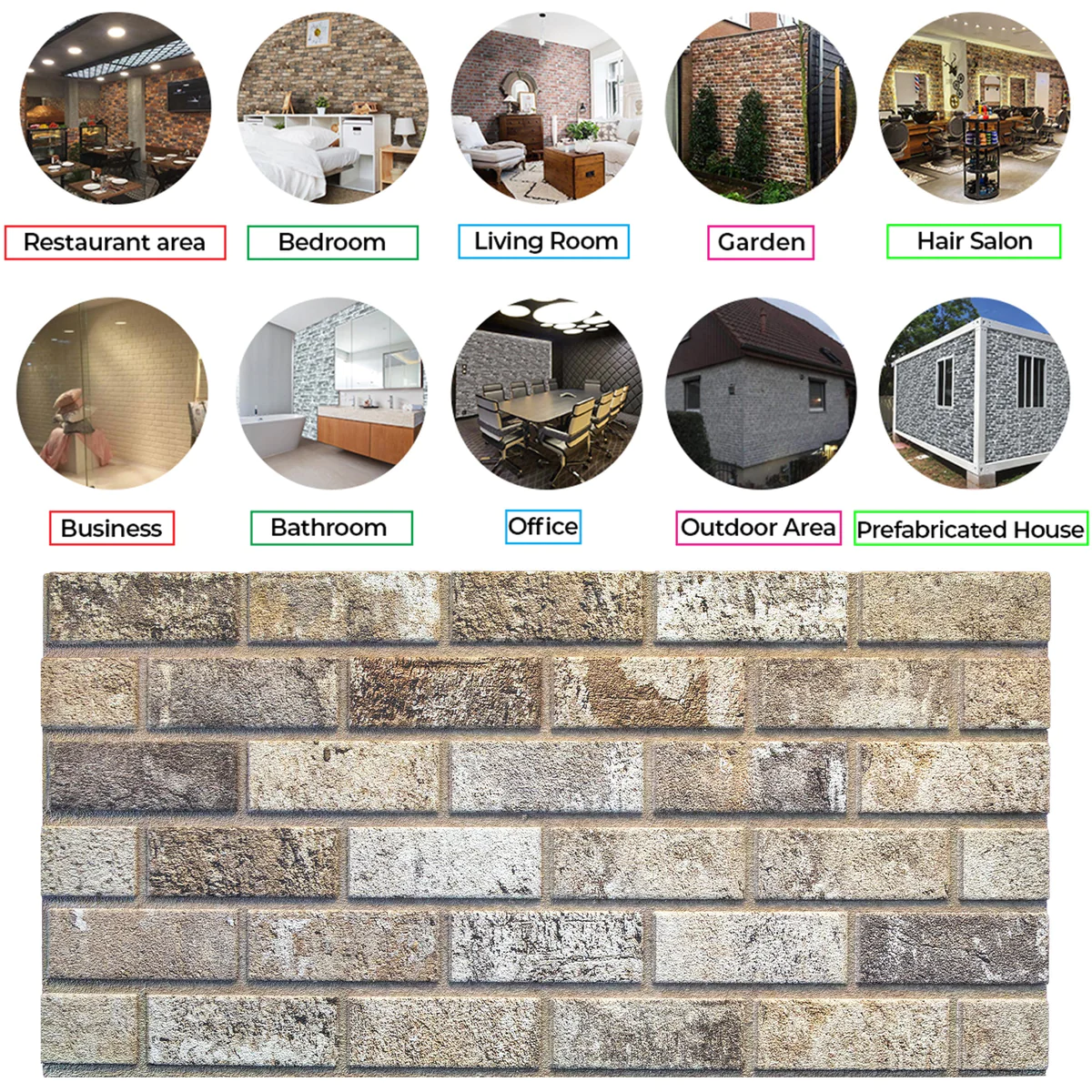The Importance of Architectural Conservation and Restoration

Our built environment tells a story. From the grand cathedrals of Europe to the charming brick townhouses lining American streets, architecture offers a tangible link to the past. But time and neglect can take their toll, threatening to erase these irreplaceable pieces of history. This is where architectural conservation and restoration come in, playing a vital role in preserving our heritage for generations to come.
Why Should We Care?
Architectural conservation goes beyond simply saving old buildings. It’s about:
- Preserving our history: Buildings embody the social, cultural, and technological advancements of their eras. Conservation allows us to learn from the past and understand how societies have evolved.
- Enhancing our communities: Historic buildings add character and charm to our neighborhoods. They can serve as landmarks, fostering a sense of place and community pride.
- Promoting economic benefits: Restored buildings can be transformed into museums, shops, restaurants, or even residences, attracting tourism and investment.
- Sustainable practices: Conservation is often more eco-friendly than demolition and new construction. It reduces waste and the embodied energy (energy used to create building materials) required for new structures.
The Art of Restoration
Architectural restoration isn’t just about making a building look old again. It’s a meticulous process that aims to preserve the building’s original character while adapting it for modern use. This might involve:
- Cleaning and repairing existing materials: Techniques like stone cleaning and wood restoration can breathe new life into aged materials.
- Replacing damaged elements: When necessary, historic details can be replicated using traditional methods and materials.
- Integrating modern features: Restoration projects can incorporate modern amenities like energy-efficient systems or accessibility features, ensuring the building remains relevant for future generations.
Where do Wall Panels Fit In?
Architects and designers often use modern wall panels to complement restored spaces. For example:
- Acoustic wood panels can be strategically placed to enhance soundproofing in a restored theatre or concert hall.
- 3D wall panels can add a touch of modern elegance to a restored lobby or entranceway, creating a unique visual texture.
- Natural stone panels and marble panels can introduce a timeless elegance that complements historic architectural details like exposed brick or ornate molding.
By using high-quality, sustainable wall panels, architects can create a harmonious blend of old and new, ensuring a building’s continued use and appreciation for years to come.
Looking to the Future
Architectural conservation and restoration are essential for safeguarding our cultural heritage and creating vibrant, sustainable communities. By appreciating the past and adapting it for the future, we ensure that these enduring testaments to human history continue to inspire us for generations to come.










